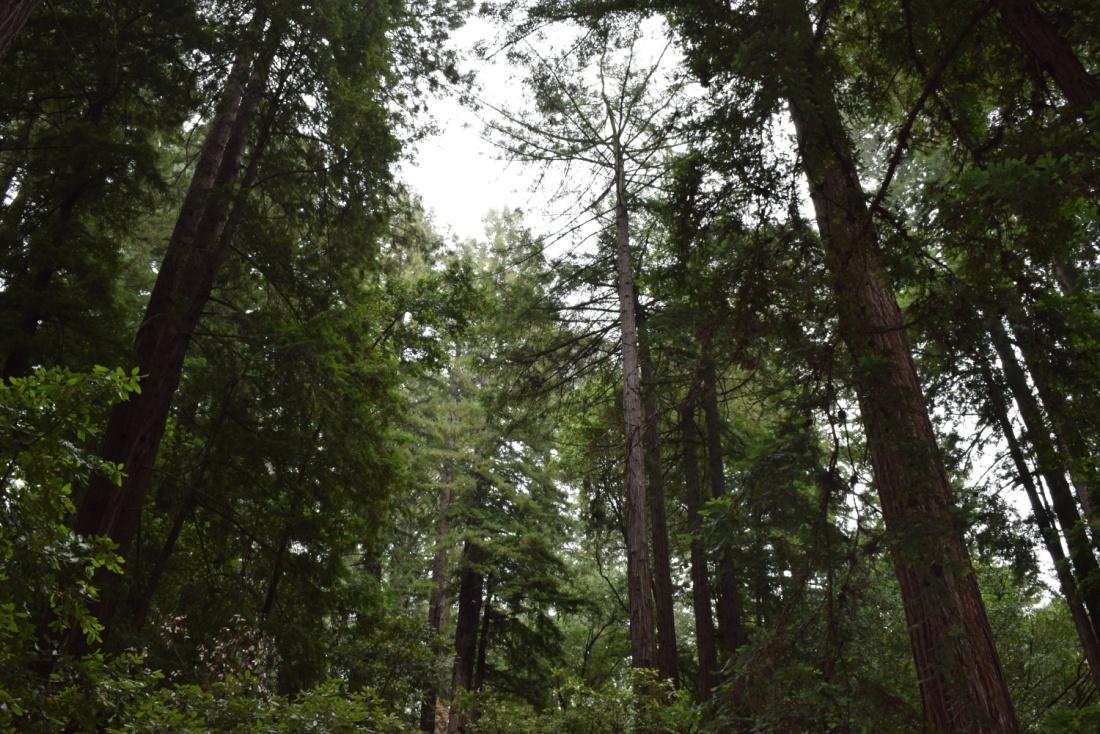by Serge Nzali (ELP 2016) | Senior Lecturer of Environmental Sciences, University of Dschang, Cameroon
When beginning the Environmental Leadership Program (ELP) at the College of Natural Resources, the case study of California seemed an interesting subject to me. Interesting meaning that as California is an example of areas where the environment has been degraded by human activities and as many locals took the leadership to move forward on environmental issues both locally and internationally. In fact, the history of California is a recent example, instead of mimic that of Easter Island usually cited, interesting to project on the future of our planet.
The first explorers and settlers of Coastal California were American Indians. The most expansive European colonization’s efforts were made by the Spanish. On September 28, 1542, Juan Rodriguez Cabrillo and his crew entered San Diego Bay--the first Europeans to visit California. The land they named "Alta California" was occupied by diverse groups of native people who had inhabited the land for thousands of years. Spanish colonization of "Alta California" began when the Presidio at San Diego, the first permanent European settlement on the Pacific Coast, was established in 1769. With the expedition was Father Junipero Serra, a Franciscan Father who would have a tremendous influence in the colonization of California through the establishment of missions. At San Diego, Serra founded the first of 21 Spanish missions that extend along the California coast. In 1821 Mexico gained independence from Spain and "Alta California" became a Mexican province rather than a Spanish colony. A new era began in California as ranch life flourished and American trappers began to enter the territory. The Mexican government secularized the missions in 1834 and they were eventually abandoned. In June 1846 a party of settlers occupied Sonoma Plaza and proclaimed a Republic of California and raised the bear flag in rebellion. Known as the Bear Flag Revolt, this insurrection represented one of the first aggressive actions that divided California from Mexico. In 1848 gold was discovered at Sutter's Mill and dramatically altered the course of California's history as miners rushed into the area. On September 9, 1850, California became a state. The Gold Rush brought thousands of immigrants, both foreign and domestic, to California. This and later mass migrations, combined with the state's natural riches, assured California's success as it developed its diversified agriculture and industry, fisheries, forestry, and mining industries, aircraft plants and shipyards, tourism and recreation, the film industry, and the technological sector epitomized by Silicon Valley (1).
Muir Woods National Monument (U.S. National Park Service)
Decades of economic expansion and population growth have degraded California’s water and air, stressing the environment beyond carrying capacity. According to Diffenbaugh et al (2015), today, California is in the midst of a record-setting drought and the occurrence of drought years has been greater in the past two decades than in the preceding century. In addition, the probability that precipitation deficits co-occur with warm conditions and the probability that precipitation deficits produce drought have both increased. Climate model experiments with and without anthropogenic forcings reveal that human activities have increased the probability that dry precipitation years are also warm. Further, a large ensemble of climate model realizations reveals that additional global warming over the next few decades is very likely to create ∼100% probability that any annual-scale dry period is also extremely warm. So Diffenbaugh et al concluded that anthropogenic warming is increasing the probability of co-occurring warm–dry conditions like those that have created the acute human and ecosystem impacts associated with the present drought in California (2).
Meanwhile, California is leading the World in developing a comprehensive set of solutions to reduce global warming pollution. The foundation for the state’s pollution-fighting activities is a 2006 law, the California Global Warming Solutions Act (AB 32), which calls for reducing the state’s global warming emissions to 1990 levels by 2020. To help meet that goal, California is implementing numerous measures, including standards for renewable energy, a policy to scale up the use of clean fuels, requirements and incentives to increase the use of electric vehicles, and a flexible market-based cap on carbon emissions that creates economic incentives for major carbon polluters to cut their emissions. In 2015, California passed a law SB 350 that requires half of California’s electricity to come from renewable sources by 2030.
The example of California teaches Africa! California must continue to lead the way in addressing the risks of a warming climate. What can the countries of Africa learn from California about climate change? The leadership and the commitment to create change. The development of several African countries is based on the use of natural resources. As these resources are mostly nonrenewable, they become scarce and it affects the economies of Africa. With current and future impacts of climate change, Africa will have to rethink its development. Climate change must be perceived as an opportunity, a reason to change the habits.... As does California today!
(1) https://www.nps.gov/nr/travel/ca/intro.htm
(2) Noah S. Diffenbaugha, Daniel L. Swain and Danielle Touma. Anthropogenic warming has increased drought risk in California. PNAS 112 (13): 3931–3936 (2015), doi: 10.1073/pnas.1422385112.

